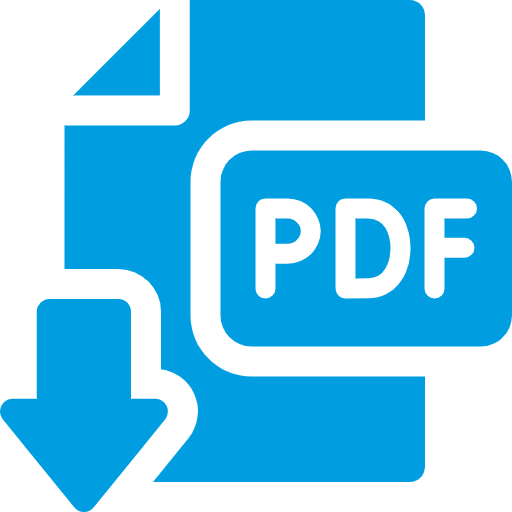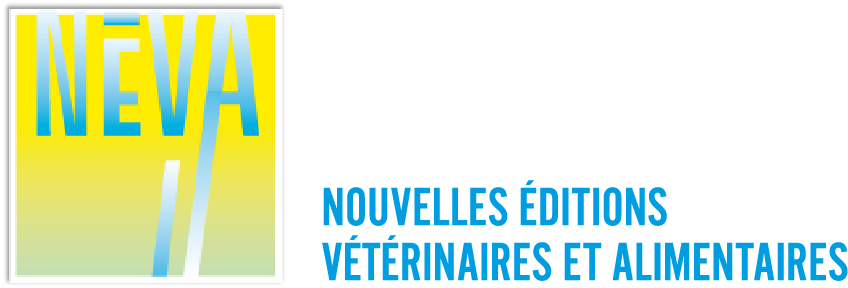I1 CLASSIFICATION
Encadré – Anatomie
Figure 1 – Anatomie schématique du système veineux porte, vue ventrale
I2 Shunts extra-hépatiques
I2 Shunts intra-hépatiques
I1 RADIOGRAPHIE SANS PRÉPARATION
I1 PORTO-VEINOGRAPHIE
I1 SCINTIGRAPHIE
I1 ÉCHOGRAPHIE
I2 Préparation de l’animal malade
I2 Critères diagnostiques échographiques
I3 Taille du foie
I3 Branches portes intra-hépatiques
I3 Flux veineux portal
I3 Veine cave caudale
I3 Région péri-aortique
I3 Calculs rénaux/vésicaux
I3 Néphromégalie
I3 Épanchement péritonéal
I2 Aspect échographique de certains shunts porto-systémiques spécifiques
I3 Shunts congénitaux extra-hépatiques
I3 Shunts congénitaux intra-hépatiques
I1 MÉTHODES ALTERNATIVES
12 photos et 11 schémas illustrent cet article
Plan en Anglais :
• CLASSIFICATION
o Extrahepatic shunts
o Intrahepatic shunts
• PLAIN RADIOGRAPHY
• MESENTERIC PORTOGRAPHY
• NUCLEAR SCINTIGRAPHY
• ULTRASONOGRAPHY
o Animal preparation
o Ultrasonographic diagnostic criteria
Liver size
Intrahepatic portal branches
Portal vein size
Portal vein flow
Caudal vena cava
Periaortic region
Nephrolithiasis/cystolithiasis
Renomegaly
Peritoneal effusion
o Ultrasound appearance of specific portosystemic shunts
Congenital extra hepatic shunts
Congenital intra hepatic shunts
• OTHER IMAGING MODALITIES

